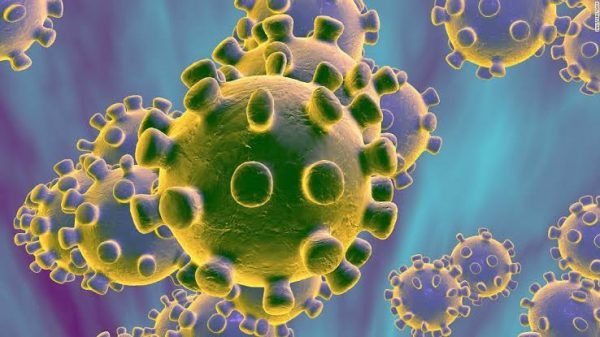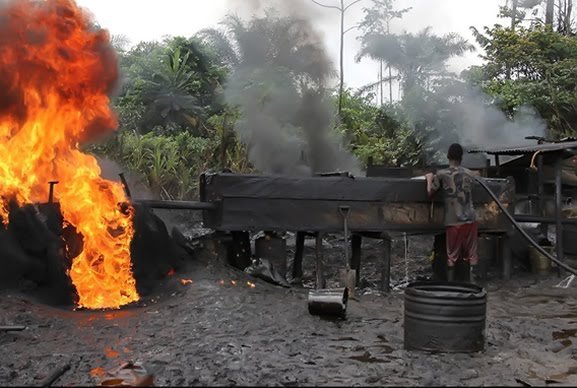Understanding The Basics About COVID-19

By Ayoola Olaitan
The outbreak of coronavirus disease also known as COVID-19 has been declared a Public Health Emergency of International Concern (PHEIC) as the virus continues to spread to many countries.
Despite the virus being in existence for almost three months, there is still a high degree of ignorance about the virus. In this write-up, we intend to provide basic information on the virus and tips on hygiene and health management.
The virus can be transmitted through direct contact with respiratory droplets of an infected person generated through coughing and sneezing.
Individuals can also be infected from touching surfaces contaminated with the virus and touching the face, eyes, nose and mouth.
The protection of children and educational facilities is particularly important.
Having information and facts about COVID-19 will help diminish fears and anxieties around the disease and support their ability to cope with any secondary impacts on lives.
‘CO’ stands for corona, ‘VI’ for virus, and ‘D’ for disease. Formerly, this disease was referred to as ‘2019 novel coronavirus’ or ‘2019-nCoV.’ The COVID-19 virus is a new virus linked to the same family of viruses as Severe Acute Respiratory Syndrome (SARS) and some types of common cold. What are the symptoms of COVID-19?
Symptoms can include fever, cough and shortness of breath. In more severe cases, infection can cause pneumonia or breathing difficulties. More rarely, the disease can be fatal. These symptoms are similar to the flu (influenza) or the common cold, which are a lot more common than COVID-19. This is why testing is required to confirm if someone has COVID-19.
How does COVID-19 spread?
The virus is transmitted through direct contact with respiratory droplets of an infected person (generated through coughing and sneezing). Individuals can also be infected from and touching surfaces contaminated with the virus and touching their face (e.g., eyes, nose, and mouth). The COVID-19 virus may survive on surfaces for several hours, but simple disinfectants can kill it.
Who is most at risk?
We are learning more about how COVID-19 affects people every day. Older people, and people with chronic medical conditions, such as diabetes and heart disease, appear to be more at risk of developing severe symptoms. As this is a new virus, we are still learning about how it affects children. We know it is possible for people of any age to be infected with the virus, but so far there are relatively few cases of COVID-19 reported among children.
What is the treatment for COVID-19?
There is no currently available vaccine for COVID-19. However, many of the symptoms can be treated and getting early care from a healthcare provider can make the disease less dangerous. There are several clinical trials that are being conducted to evaluate potential therapeutics for COVID-19.
How can the spread of COVID-19 be slowed down or prevented?
As with other respiratory infections like the flu or the common cold, public health measures are critical to slow the spread of illnesses. Public health measures are everyday preventive actions that include: staying home when sick;
Covering mouth and nose with flexed elbow or tissue when coughing or sneezing;
Dispose of used tissue immediately;
Washing hands often with soap and water;
Cleaning frequently touched surfaces and objects. As experts learn more about COVID-19 public health officials may recommend additional actions.







